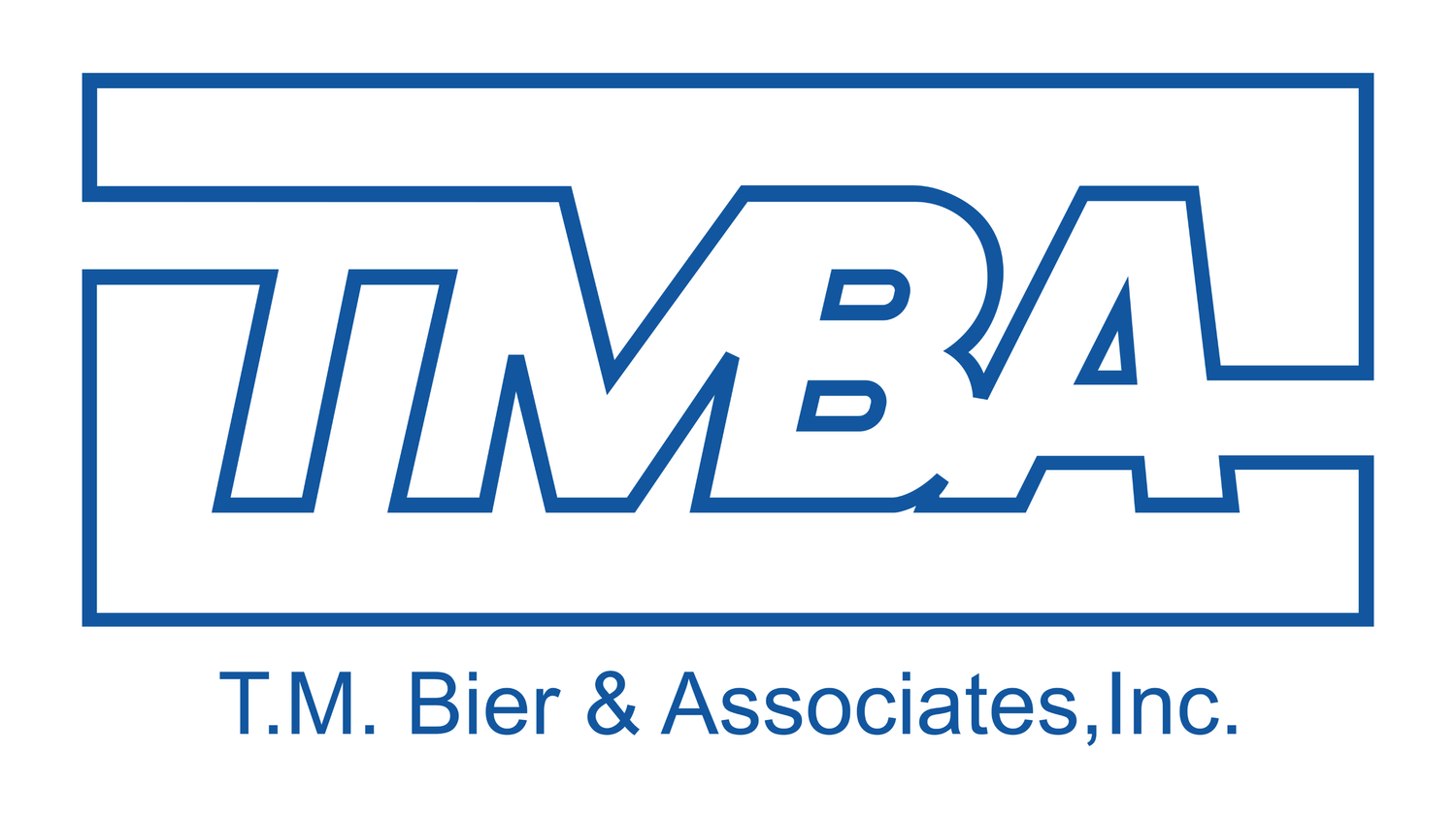Reducing Carbon Footprint with BMS-Integrated HVAC Systems in Urban Buildings
In the quest to combat climate change, urban centers around the globe are at the forefront of adopting innovative technologies to reduce their environmental impact. New York City, a bustling metropolis, is no exception. Buildings, as significant contributors to carbon emissions, are under increasing scrutiny to become more energy-efficient and sustainable. A key strategy in achieving this goal is the integration of Building Management Systems (BMS) with HVAC systems, a move that not only promises enhanced operational efficiency but also a substantial reduction in carbon footprint.
The Critical Role of HVAC Systems in Urban Sustainability
HVAC systems are among the largest energy consumers in urban buildings, responsible for maintaining comfortable living and working environments year-round. However, the energy consumed by these systems contributes significantly to urban carbon emissions. As cities like NYC strive to meet ambitious carbon reduction targets, optimizing HVAC efficiency becomes crucial.
How BMS Integration Makes a Difference
Integrating HVAC systems with a Building Management System (BMS) offers a multifaceted approach to energy conservation and carbon footprint reduction. Here's how BMS plays a pivotal role:
Enhanced Operational Efficiency
A BMS provides real-time control and monitoring of HVAC components, such as chillers, boilers, and air handling units. By adjusting operations based on actual building occupancy and weather conditions, a BMS ensures that energy consumption is minimized without compromising comfort.
Variable Frequency Drives (VFDs)
Variable Frequency Drives (VFDs) play a pivotal role in enhancing the energy efficiency of HVAC systems. By adjusting the speed of motor-driven equipment according to real-time demand, VFDs significantly reduce energy consumption and, consequently, the carbon emissions of fans, pumps, and other HVAC components. Recognizing the importance of these technologies in achieving sustainable building operations, TMBA has established partnerships with leading VFD manufacturers, including ABB, Yaskawa, and Square D. These strategic collaborations enable TMBA to offer a comprehensive range of VFD solutions tailored to the specific needs of your building or project. Whether you're looking to upgrade your existing HVAC system or implement a new, energy-efficient solution, TMBA's expertise in providing, installing, & integrating VFDs ensures that your building operates at peak efficiency, minimizing environmental impact while maximizing cost savings.
Energy Recovery Ventilators (ERVs)
ERVs reuse energy from exhaust air to precondition incoming fresh air, significantly reducing the energy needed for heating or cooling. A BMS can optimize the operation of ERVs, maximizing energy recovery and further decreasing carbon emissions.
Predictive Maintenance and Fault Detection
By continuously monitoring HVAC system performance, a BMS can predict and identify issues before they lead to inefficiency or failure. This proactive approach not only extends the lifespan of HVAC equipment but also ensures it operates at peak efficiency, reducing unnecessary energy use and associated carbon emissions.
Real-World Impact and Success Stories
Buildings in NYC and other urban centers have reported significant reductions in their carbon footprint following the integration of BMS with their HVAC systems. Case studies highlight energy savings of up to 30%, demonstrating the potential for BMS to contribute to a more sustainable future.
Moving Forward: BMS as a Catalyst for Change
The integration of BMS with HVAC systems represents a powerful tool in the fight against climate change. As urban buildings continue to seek ways to reduce their carbon footprint, the adoption of BMS technology will play a critical role in shaping a sustainable, energy-efficient future.
In conclusion, the strategic implementation of Building Management Systems in urban buildings not only enhances HVAC operational efficiency but also serves as a cornerstone in reducing the carbon footprint of the built environment. As cities like New York City push towards greener horizons, the role of BMS in achieving these objectives becomes increasingly indispensable.

